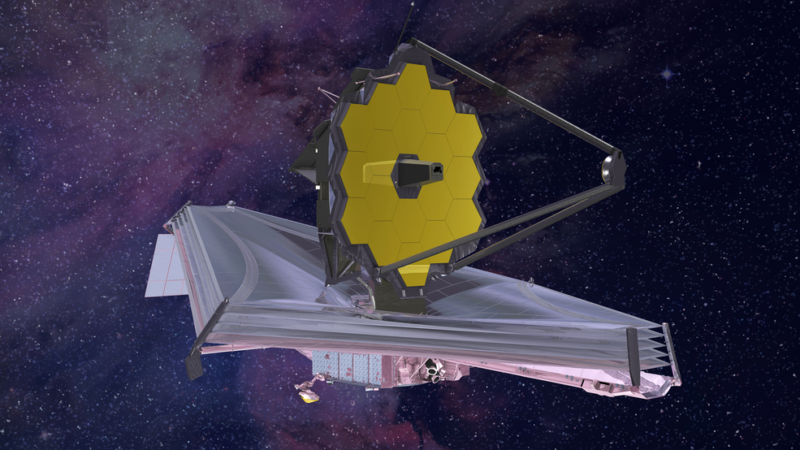One week later, astronomers find a galaxy even deeper back in time

NASA
Data from the Webb Space Telescope has only gotten into the hands of astronomers over the last few weeks, but they’ve been waiting for years for this, and apparently had analyses set to go. The result has been something like a race back in time, as new discoveries find objects that formed ever closer to the Big Bang that produced our Universe. Last week, one of these searches turned up a galaxy that was present less than 400 million years after the Big Bang. This week, a new analysis has picked out a galaxy as it appeared only 233 million years after the Universe popped into existence.
The discovery is a happy byproduct of work that was designed to answer a more general question: How many galaxies should we expect to see at different time points after the Big Bang?
Back in time
As we mentioned last week, the early Universe was opaque to light at any wavelengths that carry more energy than is needed to ionize hydrogen. That energy is in the UV portion of the spectrum, but the red shift caused by 13 billion years of an expanding Universe has shifted that cutoff point into the infrared portion of the spectrum. To find galaxies from this time, we have to look for objects that aren’t visible at shorter infrared wavelengths (meaning that light was once above the hydrogen cutoff), but do appear at lower-energy wavelengths.
The deeper into the infrared the boundary between invisible and visible is, the stronger the redshift, and the more distant the object is. The more distant the object, the closer in time it is to the Big Bang.
Studies of these galaxies can tell us something about their individual properties. But identifying a large collection of early galaxies can help us determine how quickly they formed and identify any changes in galaxy dynamics that happened at a specific time in the Universe’s past. This change over time in the frequency of visible objects is called a “luminosity function,” and some work has been done to characterize the luminosity function of early galaxies. But the infrared wavelengths of the earliest galaxies are absorbed by Earth’s atmosphere, and so have to be imaged from space. And that was one of the design goals of the Webb Telescope.
The new work was focused on examining the luminosity function of galaxies that formed shortly (in astronomical terms) after the Big Bang. But, in generating a catalog of early galaxies, the researchers spot what appears to be the oldest galaxy ever imaged.
Defining the function
The researchers used two data sources to reconstruct the galaxies’ appearances at different points in time. One was produced by analyzing work done with a ground-based infrared telescope (the ESA’s VISTA telescope) and the Spitzer space telescope, both of which imaged galaxies that were relatively older when they produced the light that’s now reaching Earth—about 600 million years or more…
Read More: One week later, astronomers find a galaxy even deeper back in time
